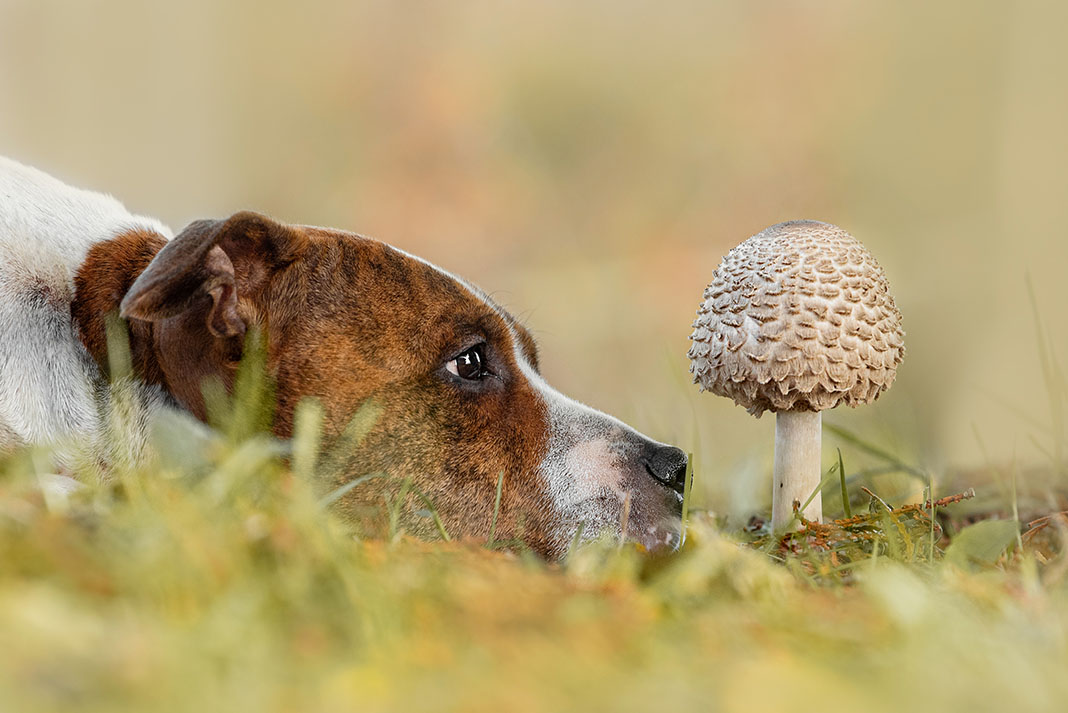pet advice
Be wary of rooms and stools
words by
catherine harper // Barossa Veterinary clinic

Recent rains combined and the change in the seasons has started the growth of mushrooms in our environment.
Many varieties can be toxic if ingested, causing severe disease and even death for both pets and humans.
Living in a rural environment, the potential exposure to some of these funghi is higher than in city areas, with access to some of the nastier varieties.
We have recently received reports from PIRSA that there have been early sightings of death cap mushrooms (Amanita phalloides) and there are many other species that can cause severe illness.
One of the challenges with mushrooms is that they can pop quickly in all sorts of unexpected places, making limiting access very difficult.
We know that our canine friends (along with toddlers) tend to be fairly indiscriminate about what they put in their mouths and so are at the highest risk of ingestion.
Outdoor cats are not immune and may like to have a nibble as they walk past, so this does not exclude mushrooms as a cause for acute toxicity in felines either.
Signs of poisoning tend to be rapid and can be as short as minutes up to 24 hours post ingestion.
The most common signs include violent gastrointestinal upset; vomiting, diarrhoea, abdominal discomfort, and restlessness with more severe systemic signs following.
This can progress to nervous signs like twitching, shaking and seizures as well as organ dysfunction with the liver commonly being affected as well as sometimes the kidneys.
While some toxins can be managed with supportive care, in severe cases, toxins can cause liver failure leading to death.
The range of species in our environment have many different types of toxins and it is unlikely one species will cause all these changes simultaneously.
However, should you pet present with any of these signs, it is a diagnosis your veterinarian will consider a possibility.
If you are at all concerned your pet may have eaten mushrooms, please contact your veterinarian immediately to decide on appropriate assessment and treatment.
Prevention centres around raising awareness of the potential threat as well as daily checks of your backyard.
Furthermore, keeping your dog on a lead during walks in public parks, road verges, playgrounds and scrub/forest areas ensures you are aware of what they have access to and allows you to prevent them from ingesting.
If you do find mushroom species in the garden, it is recommended they are removed wearing gloves and placed in the bin (not the compost bin) and then hands washed well.
The area will need to be monitored closely for recurrence as more will commonly follow.






